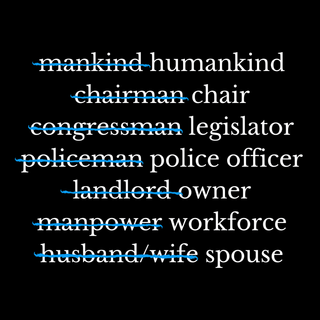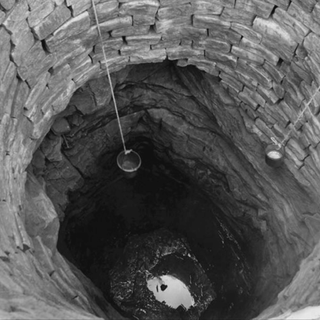A survey has found that fear is the most dominant emotion for 40 percent Indians under lockdown. However, for the majority of responders, their primary concern was not Covid19, but rather the economic impact of the health crisis.
The pan-India survey, conducted by IIM Lucknow, and titled Understanding Public Sentiment During Lockdown, covered 931 Indians residing in 104 metropolitan, tier 1 and tier 2 cities across 23 states using snowball sampling. 32 percent of respondents expressed significant concerns about the economic crisis that has begun unravelling as a result of the pandemic. While most of the responders were worried about losing their jobs, younger college-going participants fear that they might not get jobs at all after graduation, setting their career prospects back by a few years.
People had other concerns: 16 percent were anxious about the uncertainty around how long the lockdown will last; 15 percent were concerned about people behaving irresponsibly during lockdown amplifying the health risks for the community; and only 14 percent were worried about being infected by the coronavirus.
Related on The Swaddle:
Global Analysis Says 31 Million Female Workers Face Job Cuts Due to Covid19
After fear, the most dominant emotion among people surveyed was sadness. However, every 3 out of 5 responders expressed confidence in the government’s endeavors to combat the pandemic. In fact, this confidence reportedly grew between different phases of the lockdown, as people believed that India’s health infrastructure improved as the pandemic progressed. “Due to the unprecedented lock down measures taken by the central and state governments, we should be able to come out of this better than many other countries,” a 50-year-old software professional from Mumbai, who participated in the survey, said.
According to the authors of the study, the responders represent a skewed gender ratio: 62 percent are men and 38 percent are women. In addition, the population surveyed mostly comprise privileged Indians, with 63 percent of the participants holding post-graduate or equivalent degrees and 40 percent belonging to the bracket whose annual income is above 10 lakhs. Further, since the study was conducted in English over various social media platforms, it is safe to assume that migrant workers, who are among the worst affected by the crisis, were not included.
But, in the absence of other India-centric studies attempting to unpack large-scale, pan-Indian public sentiments, this study is important to gain insights into the mental impact of the health emergency and the economic crisis on, at least, the urban elite. With a 100 million Indians, and 80 percent of Indian households, having lost their income since the lockdown began in March, it is unlikely that the underpinnings to the prevailing sentiments of fear and anxiety would have been starkly different had a larger, more diverse base been surveyed — although the confidence in the government could have been an interesting metric to survey in marginalized communities.




